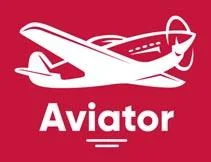


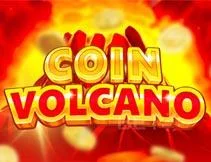


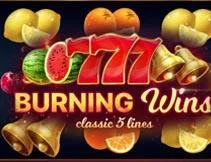


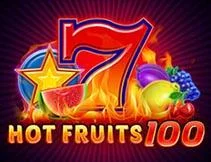
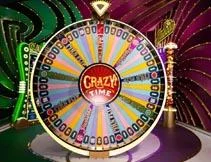
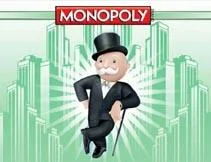






| Xüsusiyyət | Təsvir |
|---|---|
| Saytın rəsmi ünvanı | https://whilkandmisky.com/ |
| Lisenziya | Curacao eGaming |
| Bonus təklifləri | 100% xoş gəldin bonusu, pulsuz fırlatmalar, keşbek |
| Maksimum xoş gəldin bonusu | 500 000 AZN-ə qədər + 100 pulsuz fırlatma |
| Mövcud oyunlar | 10 000+ slot oyunları, rulet blackjack, canlı kazino, turnirlər |
| Provayderlər | NetEnt, Microgaming, Play'n GO, Evolution Gaming |
| Depozit və çıxarış üsulları | Visa, MasterCard, Skrill, Neteller, kriptovalyutalar |
| Minimum depozit/çıxarış | 5 ₼ / 10 ₼ |
| Mobil versiya | Android APK, iOS qısa yol, mobil brauzer |
| Dəstək xidməti | Canlı çat, Telegram, poçt (24/7) |
| Qeydiyyat prosesi | 2-3 dəqiqə, sürətli təsdiq |
Azərbaycanda pinco kazino onlayn mərc dünyasında möhkəm mövqe qazanıb. Yüksək təhlükəsizlik səviyyəsi olan platformadır həm kazino oyunları, həm də idman mərcləri oyunçulara imkanlar təqdim edir. Bu etibarlı platforma geniş seçim təklif edir.
Təkcə əyləncə deyil, həm də geniş qazanc imkanları mövcuddur. Yeni başlayanlar və təcrübəli oyunçular üçün burada ideal seçimdir.

Qeydiyyat prosesi sadə və sürətlidir - cəmi 2-3 müddət çəkir. Avtorizasiya addımları aydın və intuitiv tərtib edilib.
sistem daxil olduqdan sonra bütün funksiyalar əlçatandır:
Pinco məsuliyyətli oyun qaydaları riayət edir. İstifadəçi məlumatlarını SSL sertifikatı təhlükəsiz şəkildə təmin qorunur.

Brauzer vasitəsilə Pinco casino səhifəsinə keçin. Sağ üst küncdə "Qeydiyyat" düyməsini basın.
Formada aşağıda göstərilən məlumatları doldurun:
E-mailinizə göndərilən təsdiq linkini basın. Telefona gələn kodu daxil edin. Hesabın yaradılması prosesi tamamlanır.
İstifadəçi adı və parol ilə giriş edin. Qeydiyyatdan əvvəl istifadə şərtlərini oxumaq tövsiyə olunur - təcrübə üçün vacibdir.
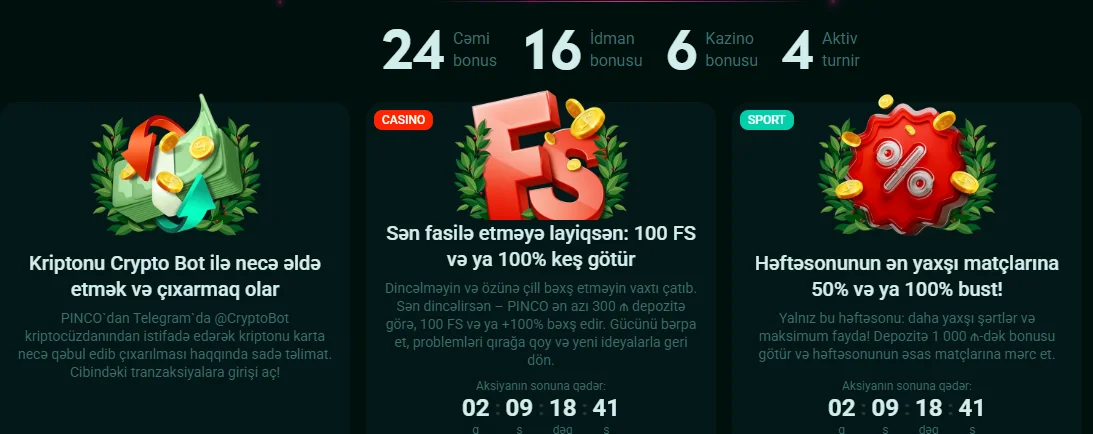
| Növü | Məbləği | Şərt |
|---|---|---|
| Xoş gəldin bonusu | 100% + 100 spin | İlk depozit |
| Depozit bonusu | 50% | Müəyyən günlər |
| Cashback | 10% | Həftəlik |
| Dost dəvəti | 500 000 ₼ | Yeni istifadəçiləri |
| Pulsuz mərc | 1 000 000 ₼ | Aksiyalar çərçivəsində |
| VIP Səviyyə | Lazımi Xallar | Cashback Faizi | Əlavə Üstünlükləri |
|---|---|---|---|
| Bronze | 0-999 | 3% | Əsas bonuslar |
| Silver | 1000-4999 | 5% | Xüsusi bonuslar |
| Gold | 5000-19999 | 8% | fərdi menecer |
| Diamond | 50000+ | 15% | Ekskluziv turnirler |
| Gün/Dövr | Təklif | Faiz | Minimum Depozit |
|---|---|---|---|
| Bazar ertəsi | yeni oyun bonusu | 25% | 50 ₼ |
| Cümə | Həftə sonu təklifi | 40% | 200 ₼ |
| Bazar | Həftəlik cashback | 15% | Minimum yoxdur |
| Bayram günləri | Xüsusi promosyonlar | 100%+ | 500 ₼ |
| Gün | Hediyyə Növü | Orta Dəyər | Aktivləşdirin Şərti |
|---|---|---|---|
| 1-ci gün | Pulsuz fırlatmalar | 10-20 spin | Giriş etmək |
| 7-ci gün | Cashback kupon | 5-20% | Aktiv fəaliyyət |
| 30-cu gün | Mega bonus | 200-1000 ₼ | Aylıq fəaliyyət |
Hər təklifin öz şərtləri var. Şərtlərini əvvəlcədən oxumaq vacibdir müxtəlif metodları tətbiqi.

Pinco Casino platforması 10 000+ oyun oyunçulara təqdim olunur. Kataloq əsas kateqoriyalara bölünüb və hər zövqə uyğun seçimlər var.
| Slot Kateqoriyası | Oyun Sayı | RTP Aralığı | Populyar Provayderlər |
|---|---|---|---|
| Video Slotlar | 6000+ | 95-97% | Play'n GO |
| Klassik Slotlar | 1500+ | 94-98% | Pragmatic Play |
| Jackpot Slotları | 200+ | 92-96% | Red Tiger |
Slot mövzuları: qızlar və romantika, Hollivud filmləri, piratlar, briliant və qızıl, kitablar, fantaziya, Misir sivilizasiyası maraqlı.
| Oyun Tipi | Masa Sayı | Limiti (AZN) | Dillər |
|---|---|---|---|
| Ruletka | 30+ | 0.5-10000 | Azərbaycan, Rus |
| Blackjack | 25+ | 1-5000 | Azərbaycan, İngilis |
| Baccarat | 15+ | 5-20000 | İngilis, Türk |
Hər oyuna xüsusi limitlər təyin edilib və rahat seçim təmin olunur.
| Yarış | Tezlik | Mükafat Fondu | İştirakçı Sayı |
|---|---|---|---|
| Gündəlik Slot Turniri | Hər gün | 50 000 ₼ | 500-1000 |
| Aylıq Mega Turnir | Ayda 1 | 1 000 000 ₼ | 2000+ |
| VIP Turnirləri | Həftədə 2 | 250 000 ₼ | 50-100 |
Poker oyunları işləyir:
| E-idman | Populyar Oyunlar | Sayı/ay | Mərc Növləri |
|---|---|---|---|
| MOBA | Dota 2, League of Legends | 50+ | Qalib, xəritə, Kill sayı |
| CS:GO | Counter-Strike | 100+ | Qalib, raund, pistol |
| FIFA | FIFA 24 | 30+ | Nəticə, qol sayı |
Virtual idman: 24/7 futbol matçları, at yarışları hər 3 müddətdə, tennis turnirləri dəqiq yaradır.

Pinco geniş idman növləri və rəqabətli əmsallarla fərqlənir. Hətta yeni başlayanlar üçün də anlaşılan interfeys mövcuddur.
| İdman | Aylıq Yarış Sayı | Orta Əmsal | Live Bahis |
|---|---|---|---|
| Futbol | 2500+ | 1.85-3.20 | Bəli |
| Basketbol | 1200+ | 1.80-2.90 | Bəli |
| Tennis | 800+ | 1.75-2.50 | Bəli |
| E-idman | 500+ | 1.70-3.80 | Bəli |
Əsas liqalar: UEFA Çempionlar Liqası, İngilis Premyer Liqası, La Liqa, Bundesliqası, yerli Azərbaycan Premyer Liqası.
| Növ | Təsvir | Minimum/Maksimum (AZN) |
|---|---|---|
| Tək | Bir hadisəyə bahis | 1 / 50 000 |
| Kombine | Bir neçə hadisə birləşdirilir | 2 / 100 000 |
| Canlı | Oyun zamanı stavka | 1 / 30 000 |
Xüsusi mərc seçimləri: həndikap, total, yarımvaxt/tam vaxt, düzgün hesab, ilk qol olduqca böyük imkanı.
| Xüsusiyyət | Yeniləmə Tezliyi | Dəqiqlik | Keyfiyyət |
|---|---|---|---|
| Real-time nəticələr | 5 saniyə | 99.9% | Real-time |
| Video yayım | Real-time | HD keyfiyyət | seçilir matçlar |
| Cashout | Dərhal | 100% | Zərər/qazanc idarəsi |
Statistikalar: Pinco komanda/oyunçuya məlumatları, qarşılıqlı oyun tarixi, zədəli siyahısı, hava şəraiti təhlil malik.

Mobil və masaüstü versiyalar arasında funksional fərq yoxdur. Bütün 10 000+ oyun əlçatandır.
| Parametr | Tələblər | Tövsiyə | Fayl Ölçüsü |
|---|---|---|---|
| Android versiyası | 5.0+ | 8.0+ | 45 MB |
| RAM yaddaş | 2 GB | 4 GB | - |
| Boş yer | 100 MB | 500 MB | - |
Quraşdırma: APK yükləyin → "Naməlum mənbələr" aktiv edin → Quraşdırın → Giriş edin.
| Addım | Əməliyyat | Vaxt |
|---|---|---|
| 1 | Safari-də saytı açın | 30 saniyə |
| 2 | "Paylaş" düyməsini basın | 5 saniyə |
| 3 | "Ana ekrana əlavə et" seçin | 10 saniyə |
| Brauzer | Uyğunluq | Performans | Xüsusi Funksiyalar |
|---|---|---|---|
| Chrome Mobile | 100% | Əla | PWA dəstəkləyir |
| Safari (iOS) | 100% | Əla | Ana ekrana əlavə |
| Samsung Internet | 100% | Əla | Qaranlıq rejim |
üstünlük: yükləmə lazım deyil, mütəmadi yeniləmələr, bütün cihazlarla uyğunluq artıq.
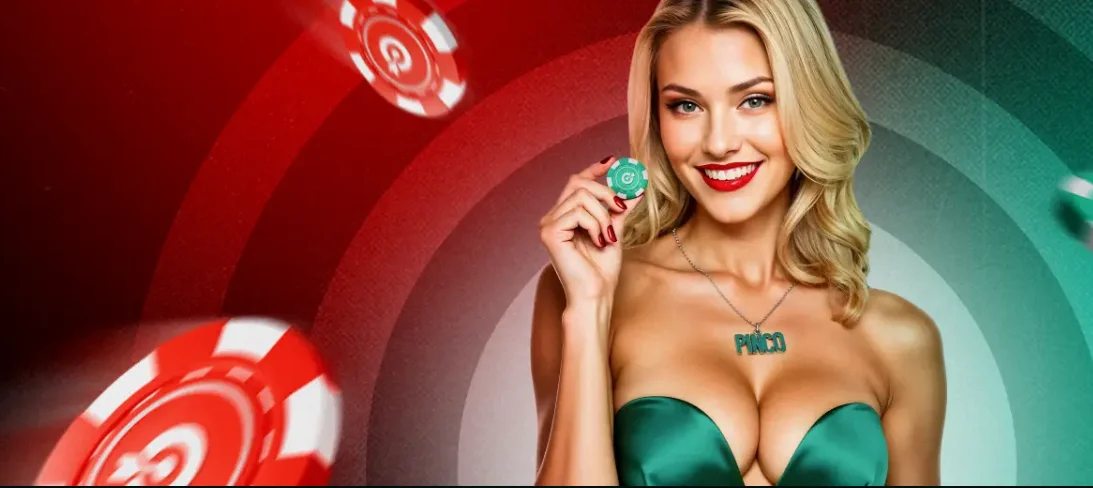
| Ödəniş üsulları | Min/Max məbləğ (AZN) | İşləmə vaxtı | Komissiya |
|---|---|---|---|
| bank kartları | 5 / 100 000 | Dərhal | 0% |
| Elektron pul kisələri | 5 / 50 000 | Dərhal | 0% |
| Kriptovalyuta | 20 / Məhdudiyyətsiz | 10-30 min | Aşağı komissiya |
| Bank köçürməsi | 10 / Məhdudiyyətsiz | 1-3 iş günü | 0% |
Pinco Casino-da ödəniş üsulları müxtəlifdir: elektron pul kisələri və kart əməliyyatları dərhal emal olunur. Kripto ən sürətli və texniki cəhətdən təhlükəsiz alternativdir. Maliyyə əməliyyatları şəffaf və sürətlidir.
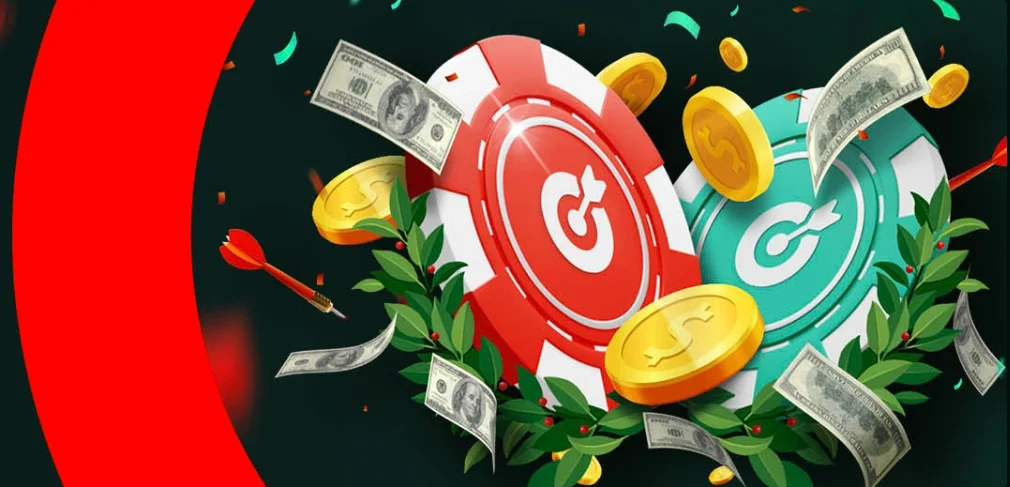
| Ödəniş Metodları | Min/Max məbləğ (AZN) | İşləmə vaxtı | Komissiya |
|---|---|---|---|
| Bank köçürməsi | 10 / 100 000 | 1-3 iş günü | 0% |
| Bitcoin | 20 / 200 000 | 1 saat | az komissiya |
| E-pul kisəsi | 5 / 50 000 | Dərhal | 0% |
Çıxarış üçün "Vəsaitlərin çıxarılması" bölməsi keçin. Təhlükəsizliyi üçün şəxsiyyətin yoxlanması tələb oluna bilər.

Hər oyunçu giriş etdikdən dərhal sonra dəstək meneceri ilə əlaqə saxlaya bilər. Qeydiyyat məcburi deyil.
| Üsul | Cavab Vaxtı | Xüsusiyyətlər | Uyğunluq |
|---|---|---|---|
| Online Çat | 1-3 min | 24/7, ekran paylaşımı | Sürətli məsələlər |
| Telegram Bot | 2-5 min | Push bildirişləri, fayl göndərmə | Mobil istifadəçilərin və bütün istifadəçilər üçün əlçatan |
| 2-24 saat | Ətraflı cavablar, sənədləri əlavəsi | Mürəkkəb məsələlər | |
| FAQ | Dərhal | 90+ məlumat, 5 kateqoriya | Özünə kömək |
Müştəri məmnuniyyəti 94%, orta cavab vaxtı 2.3 dəqiqədir. FAQ bölməsinə keçid footer-də yerləşir və peşəkar xidmət göstərir.
Hər hansı onlayn qumar platformasında oyunçulari bəzən müəyyən problemlərlə üzləşə bilərlər:
Problemlər çat və onlayn dəstək vasitəsilə operativ həll edilir. Orta həll vaxtı 4 saatdır. Şəxsi profil parametrlərini konfiqurasiya etmək mümkündür.
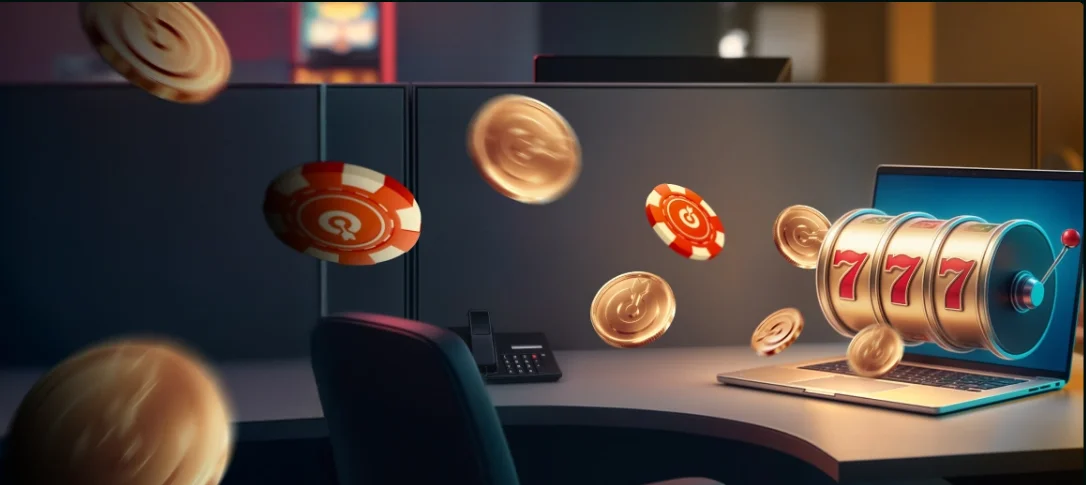
Uğur şansını artırmaq üçün praktik tövsiyələr:
Premium səviyyələri:
Yüksək RTP slotlar malikdir:
Pinco kazinoda daha yaxşı şanslar üçün Blackjack və Baccarat oyunlarını seçin. Crash oyunları da sevimli variant kimi mövcuddur.